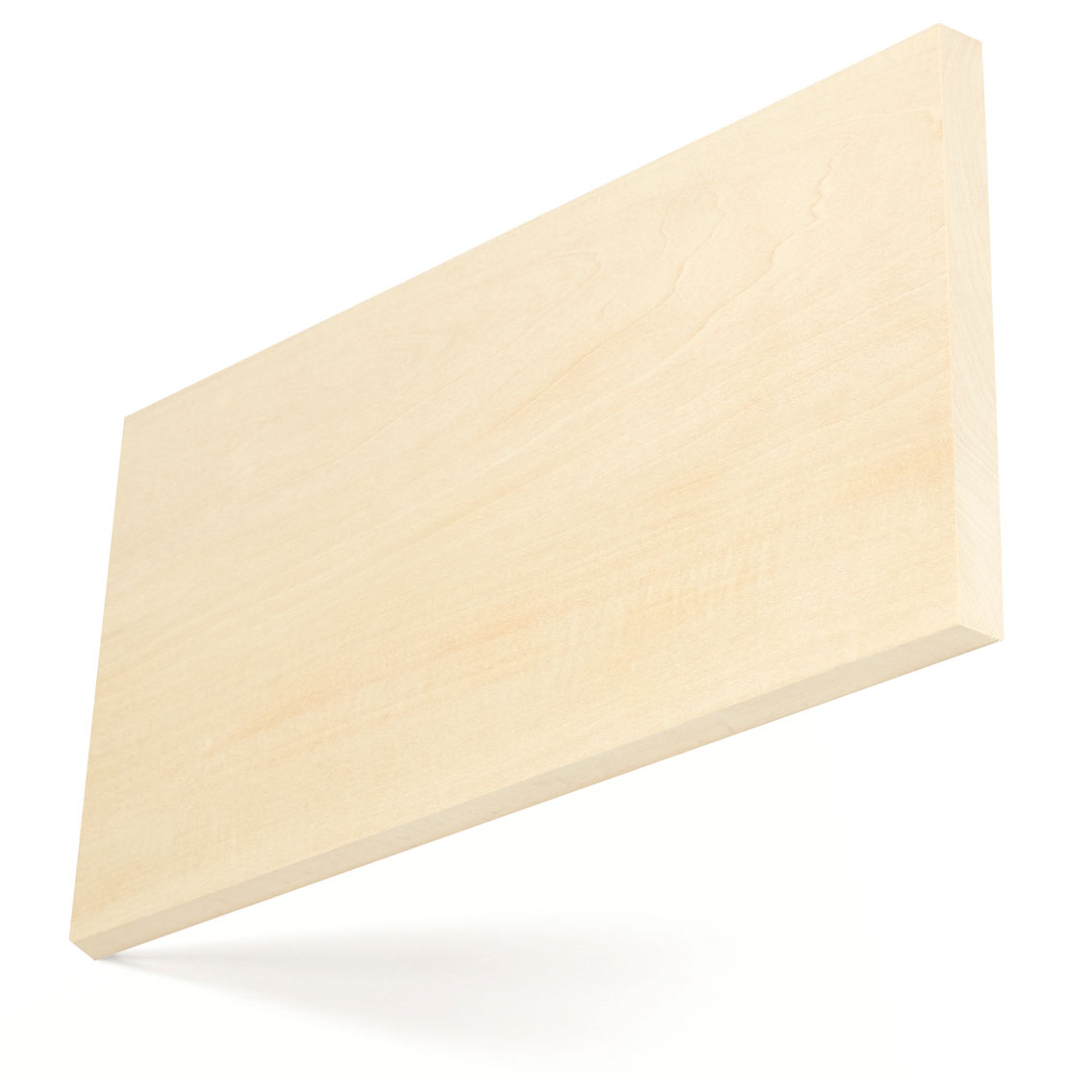American basswood
American basswood is a light weight species renowned for its creamy colour and ability to be machined and shaped accurately into thin sections, and as a premium wood for carving.
Latin Name
Tilia americana
Other Common Names
linden

Forest Distribution
American basswood is botanically related to the lime tree found in Europe. The trees are generally large in height and diameter, often with straight trunks and relatively free of limbs. Basswood can be found growing throughout the USA in natural hardwood forests.
FOREST GROWTH
Forest Inventory Analysis (FIA) data shows U.S. basswood growing stock is 210 million m3, 1.4% of total U.S. hardwood growing stock. American basswood is growing 3.3 million m3 per year while the harvest is 1.7 million m3 per year. The net volume (after harvest) is increasing by 1.6 million m3 each year. U.S. basswood growth exceeds or is in balance with harvest in all the main producing states.
LCA Tool
seconds
Material Availability
Basswood from the USA is available in relatively limited volumes compared to some other species, both as sawn lumber and veneer. Lumber is available in a range of grades and thickness from 4/4” (25.4mm) right through to 16/4” (102mm) due to its ease of drying. Basswood lumber is also available in 9/4” (56mm) a specially produced thickness for production of window shutters and venetian blinds.
Wood Description
The sap of basswood tends to be large and is creamy white in colour giving way to the heartwood that is pale to reddish brown. It may display dark streaks which are not a defect. The difference between sap and heartwood is small and may be indistinct. The wood of basswood has a fine uniform texture and straight grain, which is not distinct.
Mechanical Properties
Basswood is light and soft but said to be ‘tough’, with low density and strength. It has poor steam bending classification.
-
0.37
Specific Gravity (12% M.C.)
417 kg/m3
Average Weight (12% M.C.)
12.60%
Average Volume Shrinkage (Green to 6% M.C.)
59.987 MPa
Modulus of Rupture
10,067 MPa
Modulus of Elasticity
32.613 MPa
Compressive strength (parallel to grain)
1,824 N
Hardness
Oiled / Un-Oiled Appearance


Performance
- Basswood machines easily and works well with hand tools, making it a preferred species for carving. It holds screws better than nails, and glues reasonably well and can be sanded, stained and polished to a good smooth finish. It dries fast with low degrade and has good dimensional stability when dry.
- The wood is non-resistant to heartwood decay but is permeable, which makes it possible to accept preservative treatment.
Main Uses
This unique hardwood, growing in natural forests in the USA, is considered the best species for venetian blinds and internal shutters. It is widely used for carving, turning, mouldings and furniture. Specialist uses include pattern making and musical instruments, especially for piano parts.